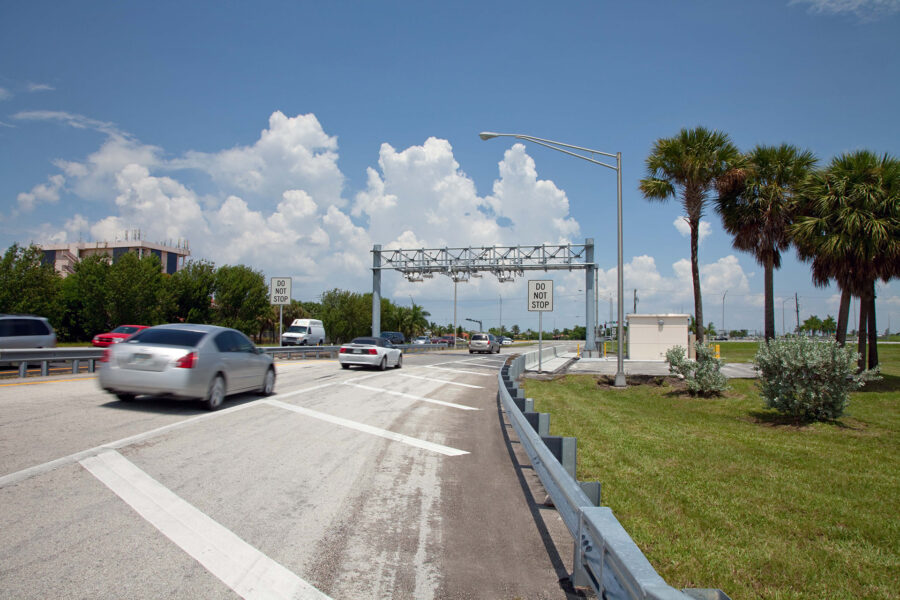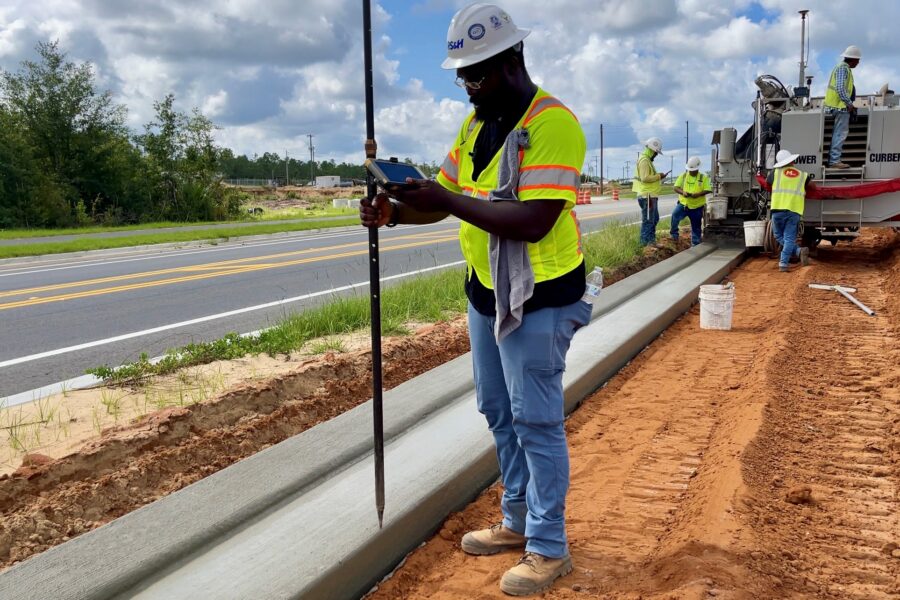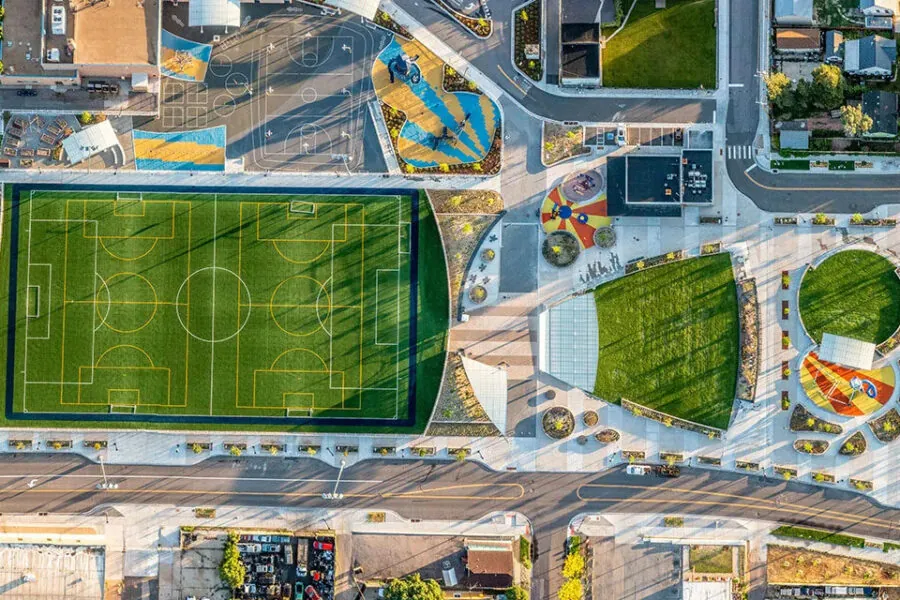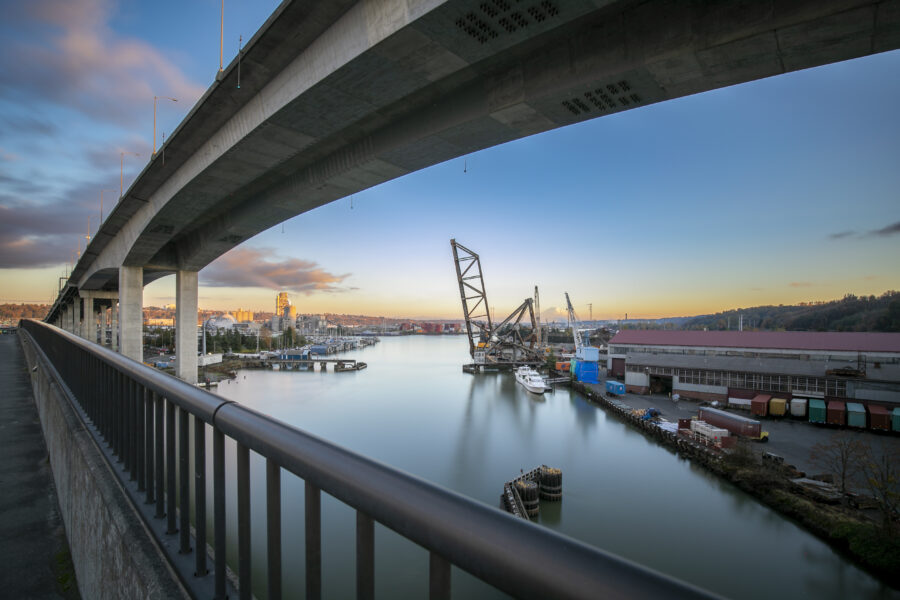Emerging Transportation Technologies Can Provide a Sustainable Future

As we continue to see the many new advances that are being made in the area of transportation technology, we cannot help but wonder what the transportation and tolling industry will look like in 10 to 15 years.
Will the current business models for tolling agencies be the same? Will the need for more flexibility be the norm? No matter what, we can all agree that things as we know it will change.
In September 2016, the U.S. Department of Transportation (USDOT) released the Federal Automated Vehicle Policy for the testing and deployment of new automated vehicles. Many automakers have indicated they plan to begin deploying self-driving vehicles, some of them in commercial fleets, by 2021.
Many states have already started to take advantage of this policy and initiative by the automakers, including California. As of April 30, the state had licensed 30 companies to test driverless vehicles on public roads. In addition, most states are already addressing legislative changes to accommodate “driverless” vehicles, including Florida, which recently adopted language that allows an automated vehicle to use Florida roads without a human operator.
Abroad, Australia’s Deputy Committee Chair Luke Gosling sums up the seismic changes well:
“I think you need to think about the vehicle and the road as a package,” Gosling said. “Of course, there will be different levels of smarts you have to put in the roads or the vehicles, and there will be different types of transport as opposed to how we might think about autonomous cars versus trains and other things, but essentially the problem being wrestled with is the transport service.”
As in-vehicle technology becomes better able to track other cars on the road, we may wind up seeing slimmer lanes, smaller gaps between cars in some lanes, and more cars on any given stretch of highway. Research suggests that with private autonomous vehicles (AVs) on the road, the U.S. vehicle-miles traveled (VMT) total could increase by 2 trillion to 3 trillion miles over the next 30 years.
Many cars on the road today feature a range of camera, radar, and laser sensors that provide driver-assist features, from lane-keeping to self-parking. But those sensors rely heavily on well-marked roads and good weather, which is why so-called high definition maps that provide digital scans of the world must make big strides to enable full autonomous cars and trucks. In addition, recent studies also suggest that in order for autonomous driving to evolve, the technology outside the car will be as critical as the technology inside the car.
So, as leaders in the transportation industry, we should not be as focused on changes we cannot control, like what is being developed on and in new vehicles. Instead, let’s focus on the infrastructure we currently provide to the traveling public, so that we can accept these new and emerging technology-centric vehicles.
To support this effort, researchers are already identifying approaches for AVs to work in all weather conditions. These approaches could take the form of embedded LED studs that light up during heavy fog or radio technology that lets snow-covered markings communicate with connected vehicles. But with these being more futuristic approaches, using technologies that are not currently applicable, how can we work together to use what we know and have today to accommodate this vehicle technology?
Let’s start by evaluating the capabilities of projects within planning and design, to accept additional features associated with:
- Continual power access for all future communication devices.
- Corridor-wide communication, whether that’s fiber Wi-Fi or some other form.
- Visual reference markers for vehicle cameras to see.
- Short range radio transmission devices.
- Data storage devices for these connected and autonomous vehicles.
- Full depth pavement across roadway typical sections, in order to accommodate the use of any part of the roadway.
- Inclusion of smart traffic control devices into construction requirements, so that these vehicles can maneuver through complex work zones.
As an industry, we don’t have to be able to provide all the answers or have all of the solutions at this time, but we must be prepared to accommodate this new technology.




